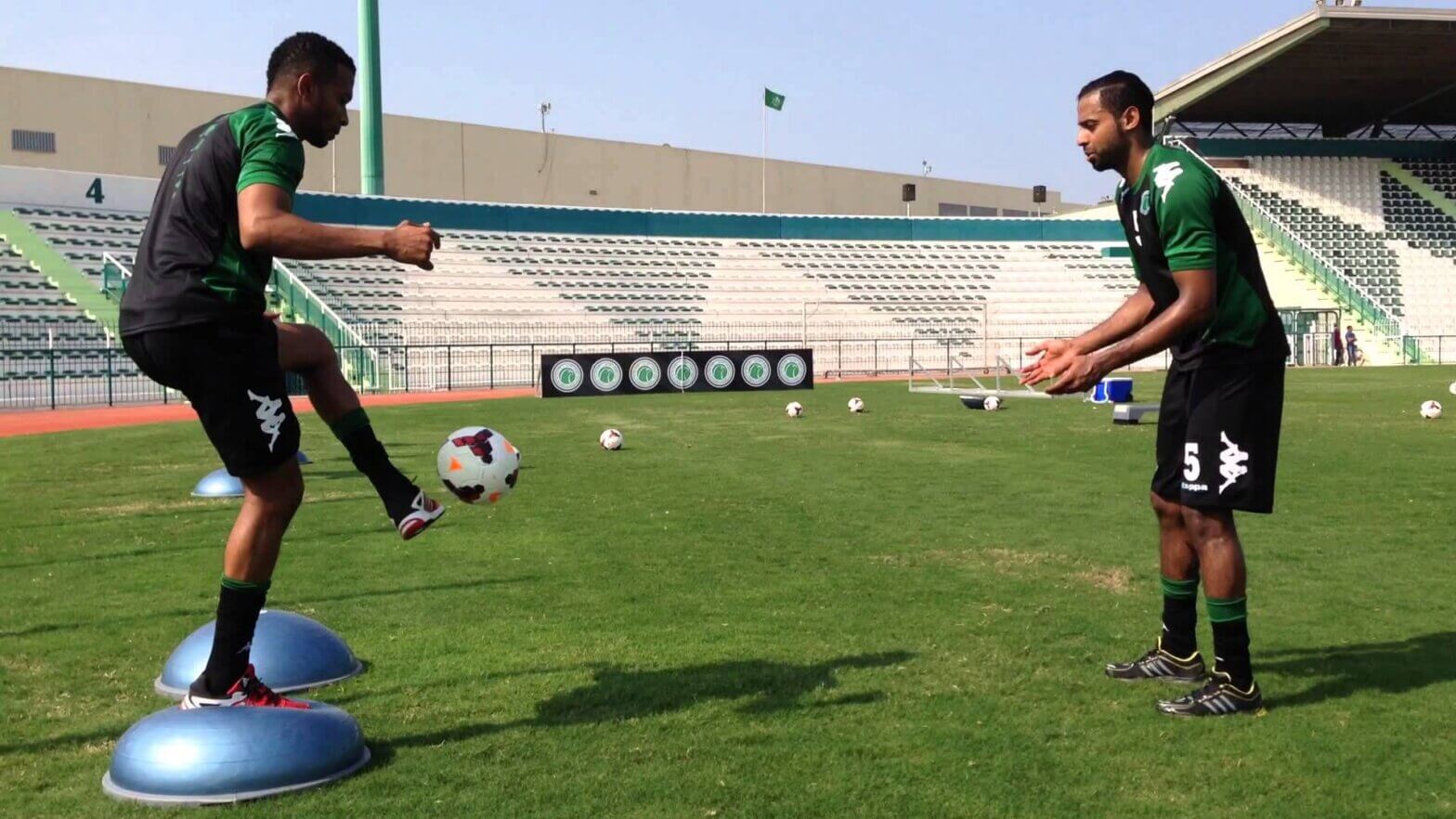Both vertigo and dizziness are terms that are often used as catch-all terms describing an unsteadiness or imbalance. However, not all dizziness is the same. Understanding a person’s specific symptoms can help to identify if they are experiencing vertigo or another condition instead.
Vertigo
Benign paroxysmal positional vertigo is a common diagnosis in those who experience severe dizziness. Some hallmark symptoms of this condition are dizziness in which the room appears to be spinning which is associated with changes in head position; often looking up or rolling over in bed. This condition is caused by dysfunction of the inner ear structures that make up the vestibular system. Tiny crystals naturally located in this structure become dislodged and travel through a series of tubes that provokes the sensation of intense spinning, nausea, and severe imbalance. Thankfully, physical therapists are trained to move these crystals back to where they belong by performing a series of positional maneuvers that ultimately can resolve these symptoms.
Dizziness
Other forms of dizziness can occur as well, though they are often not as intense as the symptoms seen in those with vertigo. Dizziness can occur for several of the following reasons:
- Blood Pressure – Some people experience dizziness or unsteadiness when sitting or standing from a lying down position. This change in body position requires a simultaneous change in the circulatory system to pump blood against gravity once a person is upright. Dizziness experienced with this kind of transition is referred to as orthostatic hypotension.
- Medication Changes – One of the most common causes of dizziness is due to medication side effects. This is common among many blood pressure medications and other types of medication as well.
- Vestibular Dysfunction – The inner ear system responsible for balance and relaying information about our orientation in space can sometimes become dysfunctional. In these cases, the system is unable to communicate information to the brain when changing head position. This often results in sensations of unsteadiness or lightheadedness that some describe as swaying or as if they are on a boat. This system can be trained through specific exercises that challenge it. Over time with enough repetition, these vestibulo-ocular reflex exercises can improve function of the vestibular system and reduce symptoms of dizziness and unsteadiness.
If you are experiencing symptoms of dizziness, physical therapy can help to provide relief in some cases. A physical therapist can address vertigo, dizziness from vestibular dysfunction, and promote strengthening of the legs and core to improve balance to reduce risk of falling. If you experience any symptoms similar to those described in this article, call Respire Physical Therapy at 703-671-1871 or click here to schedule an initial evaluation today!
Tags: dizziness, alexandriava, fallschurchva, ptworks, pain free living, health blog, Vertigo Physical Therapy, Physical Therapy, pt education, Respire Physical Therapy, regain your movement freedom, physical therapist, benign paroxysmal positional vertigo, epley maneuver, arlingtonva



